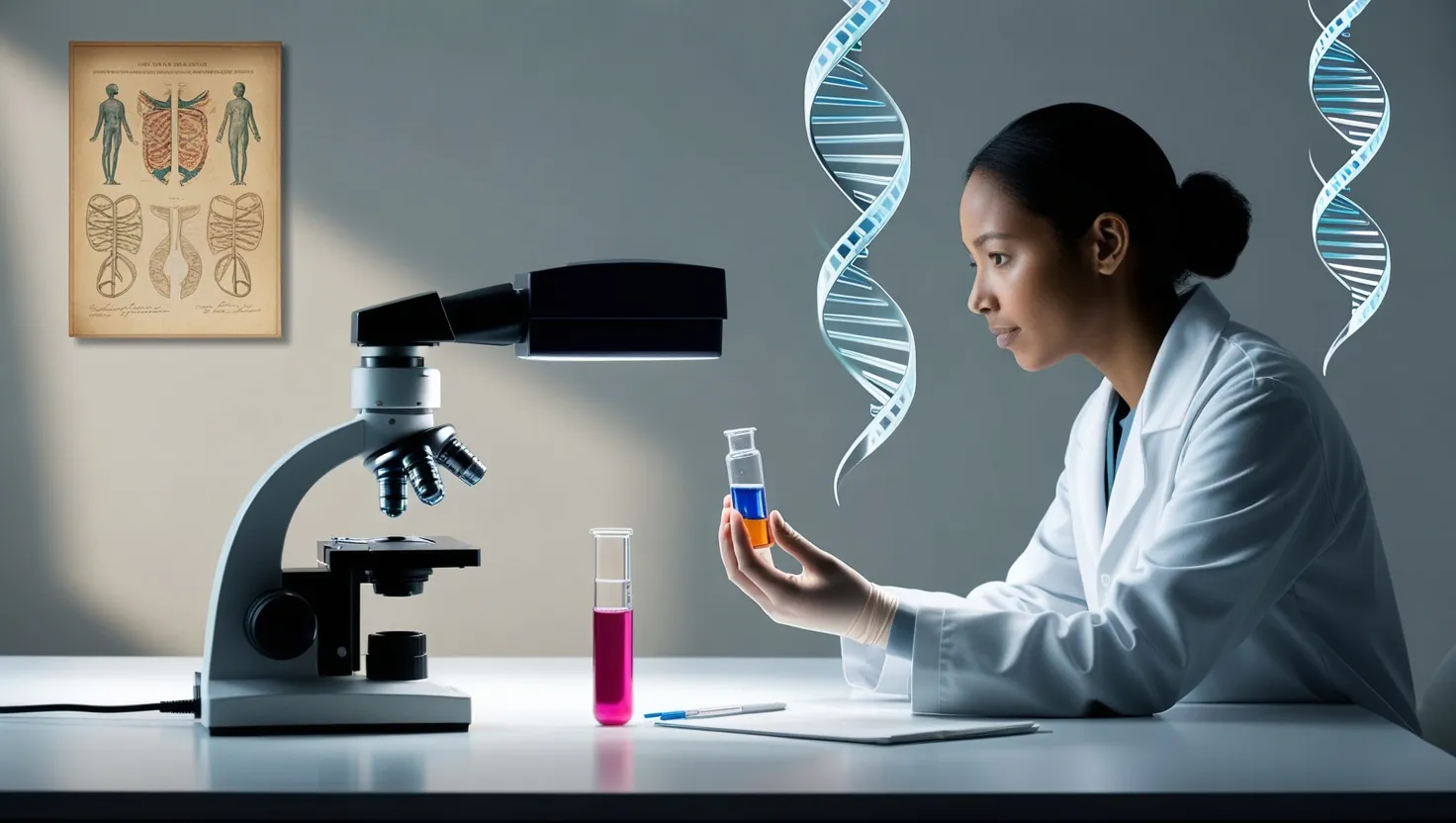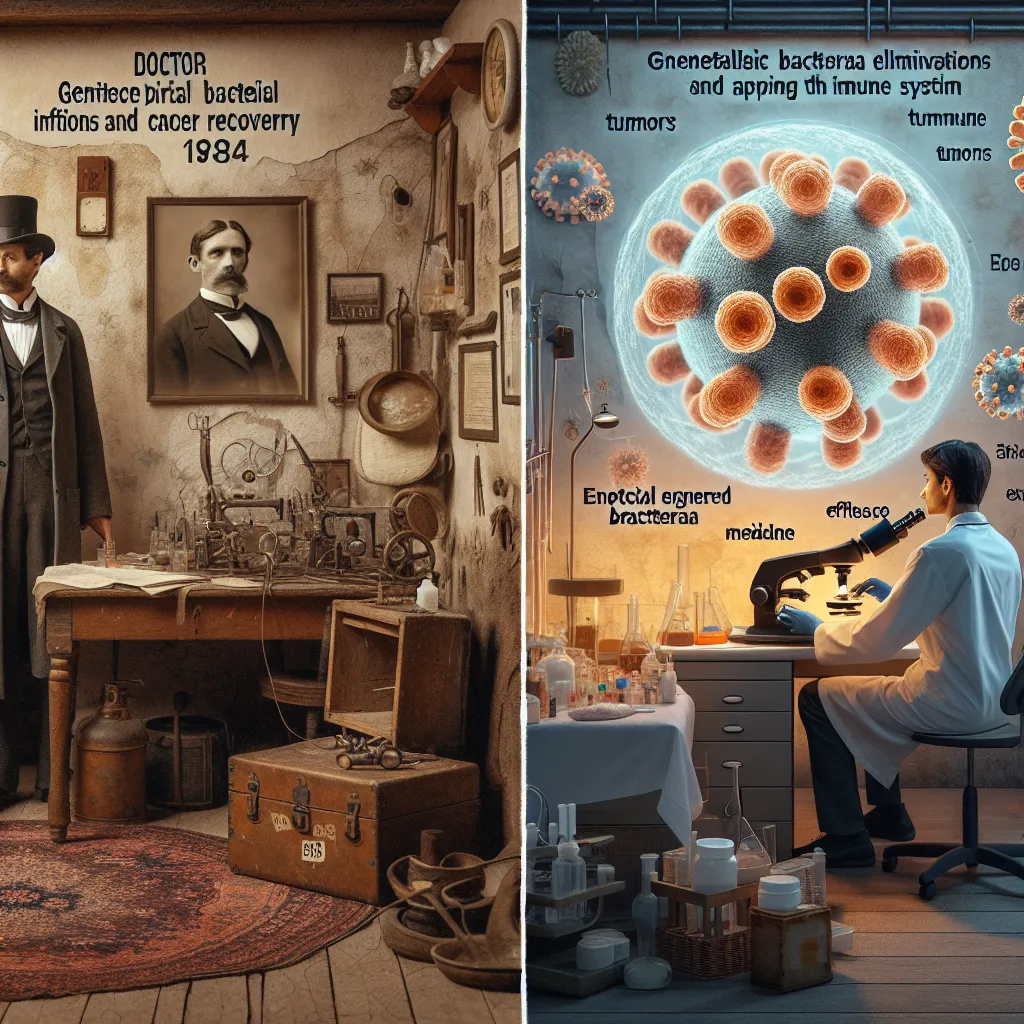The story of vaccination is a journey that stretches back centuries, shaped by courage, curiosity, and scientific persistence. I want to bring you closer to the moments that redefined our relationship with disease forever. Nothing in modern medicine compares to the shift from treating disease to preventing it altogether—a principle that has saved more lives than any other intervention. Let’s explore five breakthroughs that moved humanity forward.
Imagine living in the 1700s, fearing smallpox as one of the world’s deadliest diseases. Scarring, blindness, death—no family was immune. Many attempted variolation, intentionally infecting with mild smallpox. The risk remained high. Then Edward Jenner, a country doctor, noticed something remarkable with milkmaids. They caught cowpox, a mild illness from cows, and seemed untouched by smallpox. Jenner saw an opportunity in 1796 when a dairymaid came to him with cowpox sores. Instead of just treating her, he took material from the sore and inoculated a young boy, James Phipps. Later, he exposed James repeatedly to smallpox—no disease appeared. Jenner didn’t stop at an accident or anecdote; he documented every step, convinced the medical community, and kept testing. The era of vaccination had begun.
“Chance favors only the prepared mind.” — Louis Pasteur
Jenners’s work met resistance. It was controversial to use a disease from animals, and many feared the risks. But Jenner persisted. Soon, entire countries ran campaigns, sending the method as far as the Americas and Asia. Smallpox cases fell sharply, and eventually, after global vaccination efforts, smallpox became the first human disease ever eradicated. Today, the idea of using one harmless virus to block a deadly one still echoes in how we fight new diseases. Have you considered how Jenner’s simple idea continues influencing vaccine design for outbreaks today?
Jumping forward to the 1880s, science had matured. Louis Pasteur, already famous for work with microbes, wanted to solve rabies—then fatal and terrifying. Instead of adding another natural virus to the mix, Pasteur created the world’s first laboratory-made vaccine. No more searching for similar diseases in nature. He weakened the rabies virus in his lab, tested its effectiveness, and in 1885 famously saved a boy bitten by a rabid dog. This was more than a personal victory. Pasteur’s technique proved vaccines could be engineered, opening paths to protecting against diseases that had no safe counterparts in other animals. The door to a new world of preventative medicine swung wide.
“Health is not valued till sickness comes.” — Thomas Fuller
An interesting fact: Pasteur’s rabies vaccine set the precedent for scientific control and precision in vaccine development. People began believing in science rather than just stories or old remedies. Risky animal testing gave way to structured laboratory practice, making vaccines safer and more predictable. What would have happened if vaccine development remained limited to luck and observation? Would we have advanced in controlling outbreaks as quickly?
The world changed again with the rise of polio in the early 1900s. Polio was almost invisible, yet it struck children and left many paralyzed. The fight against polio mirrored a race against a faceless threat. When Jonas Salk introduced his inactivated polio vaccine in 1955, parents lined up with hope. Salk’s approach relied on killed virus: there was no chance of accidentally causing disease while testing. This method was a breakthrough, especially in reassuring the public about safety.
“Wherever the art of medicine is loved, there is also a love of humanity.” — Hippocrates
Just a few years later, Albert Sabin presented a different method: he developed an oral vaccine using weakened but live virus. This was easier to give—no needles needed—and it triggered immunity in the gut, the first port of entry for polio. These two vaccines complemented each other, driving polio cases down dramatically worldwide. The whole polio campaign is a lesson on how adapting technology to real-world challenges—like children’s fear of shots, or how a virus attacks the body—can decide public health success.
Did you know that Salk refused to patent his polio vaccine, calling it a gift to humanity? Would you make the same decision if you knew your discovery could save millions but also bring profit?
The next turning point came with hepatitis B—a major cause of liver disease. For most vaccines until the 1980s, production meant growing viruses or bacteria and then killing or weakening them. This process had risks. What if a live virus escaped or strained workers’ safety? In 1986, hepatitis B became the first vaccine created using recombinant DNA technology. Scientists inserted the gene for the virus’s outer coat into yeast cells. The yeast produced protein, which was harvested and used as the vaccine’s key ingredient. No part of the actual hepatitis virus needed handling, making the process much safer.
“In questions of science, the authority of a thousand is not worth the humble reasoning of a single individual.” — Galileo Galilei
I find it fascinating that this step forward not only improved the safety of hepatitis vaccines but also set the standard for modern genetic engineering methods. Now vaccines can be tailored with unprecedented precision, without exposure to pathogens that threaten researchers and manufacturers. Can you see how this technological leap changed the way scientists approach pandemics and emerging infections today?
Most recently, the world witnessed the astonishing speed of mRNA vaccine technology during the COVID-19 pandemic. When scientists sequenced the genetic code of the virus, researchers harnessed decades of work to design an mRNA vaccine within weeks. Instead of containing a virus or viral protein, mRNA vaccines instruct human cells to build a harmless version of the spike protein. Our immune system learns to fight without ever seeing the real virus first.
“The important thing is not to stop questioning. Curiosity has its own reason for existence.” — Albert Einstein
The speed at which mRNA vaccines were produced during COVID-19 transformed science and society’s view of vaccine timelines. Global collaboration, cloud-based data sharing, and automation made trial phases faster and more efficient. What implications might this have for future outbreaks, rare diseases, or even cancer? Would you trust new technologies that promise safety and effectiveness at record pace, or does speed worry you?
If you look at these landmark innovations—Jenner’s cowpox method, Pasteur’s lab engineering, polio’s paired defenses, recombinant technology, and synthetic mRNA—you reveal a pattern. Each breakthrough challenged what was known, dared to try the unconventional, and focused relentlessly on safety, speed, or accessibility. The people behind them didn’t just solve technical problems. They reshaped social and cultural expectations. Jenner fought skeptics who feared animal disease. Salk and Sabin responded to mass panic with free and easy-to-use vaccines. Genetic engineers removed the risk from vaccine production. The architects of mRNA vaccines faced the pressure of a global emergency, proving that knowledge built slowly can be deployed swiftly when teamwork trumps individual rivalry.
“Science knows no country, because knowledge belongs to humanity, and is the torch which illuminates the world.” — Louis Pasteur
Still, these advances didn’t hinge only on smart inventions. They depended on public acceptance, government support, and sometimes activism. Each vaccine’s story includes protest and critique. Ethical controversies followed Jenner, Pasteur, and the polio pioneers. Hesitancy, skepticism, and misinformation challenged hepatitis B and COVID-19 vaccines. Today, success means not just creating a vaccine but earning the trust to use it.
Have you ever wondered what role public debate and individual choice play in the reach of lifesaving science? Would the world have conquered smallpox or polio if people refused to participate?
Looking at the bigger picture, these five vaccine breakthroughs brought much more than technical progress. They demonstrated how creative thinking, cross-disciplinary experiments, and ethical reflection drive medicine forward. Modern vaccines don’t just stop pandemics—they shape how we think about risk, public good, and the balance between individual freedom and collective health. From Jenner’s rural England to high-tech global science, the journey of vaccines is a testament to ingenuity and resilience.
“In every walk with nature one receives far more than he seeks.” — John Muir
What new frontier awaits? Gene-based vaccines, personalized medicine, and rapid-response platforms all trace their roots to these key moments. The lessons are still relevant: remain open to unexpected ideas, put safety first, and adapt methods to meet real-world needs. Every vaccine results from teams of scientists, patients, leaders, and citizens willing to try something different.
Take a moment to reflect: How might the next generation’s discoveries be influenced by breakthroughs that came before? Who will be the next Jenner, Pasteur, Salk, Sabin, or Katalin Karikó, pushing boundaries for the benefit of all?
The fight against disease is never easy, but these victories show what’s possible when science, courage, and compassion work together.






